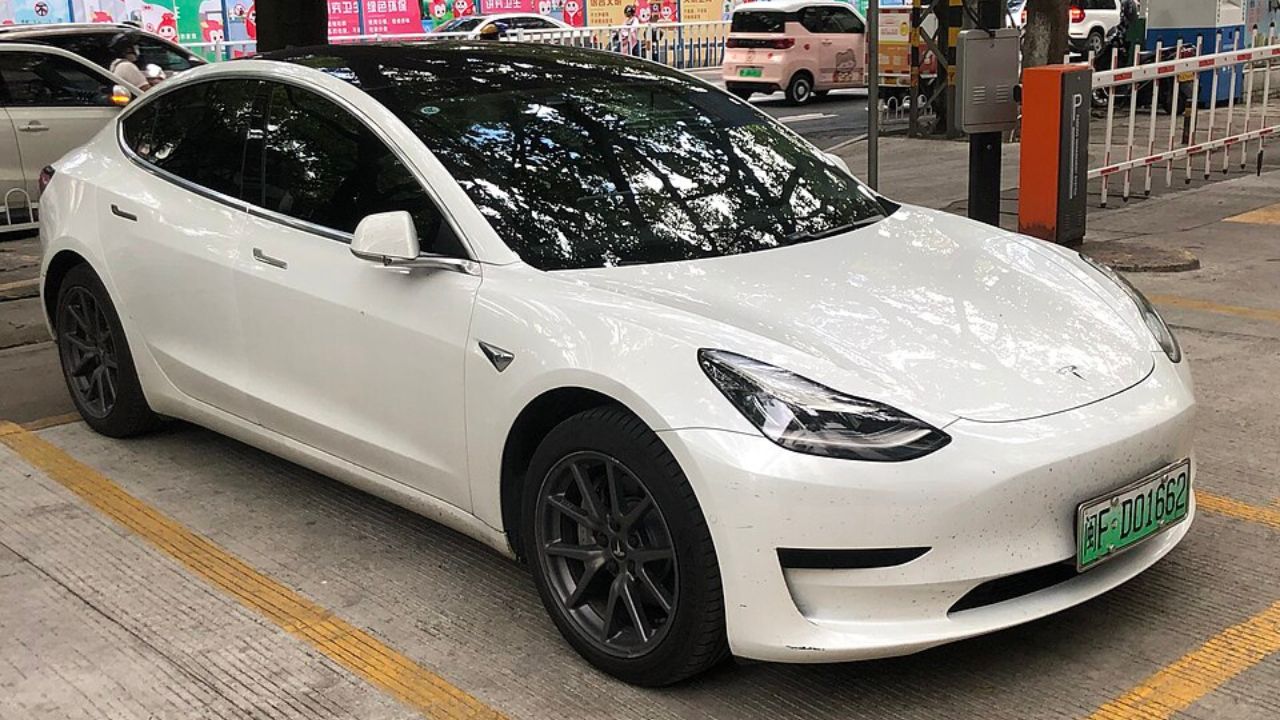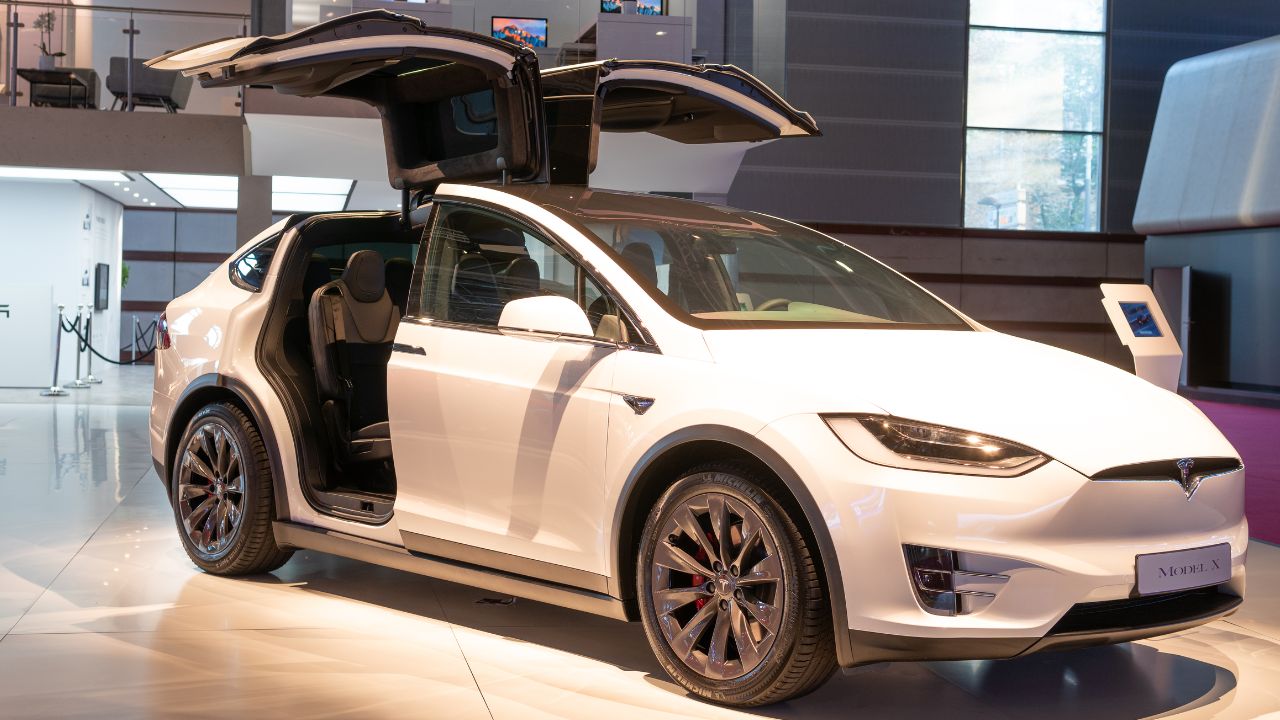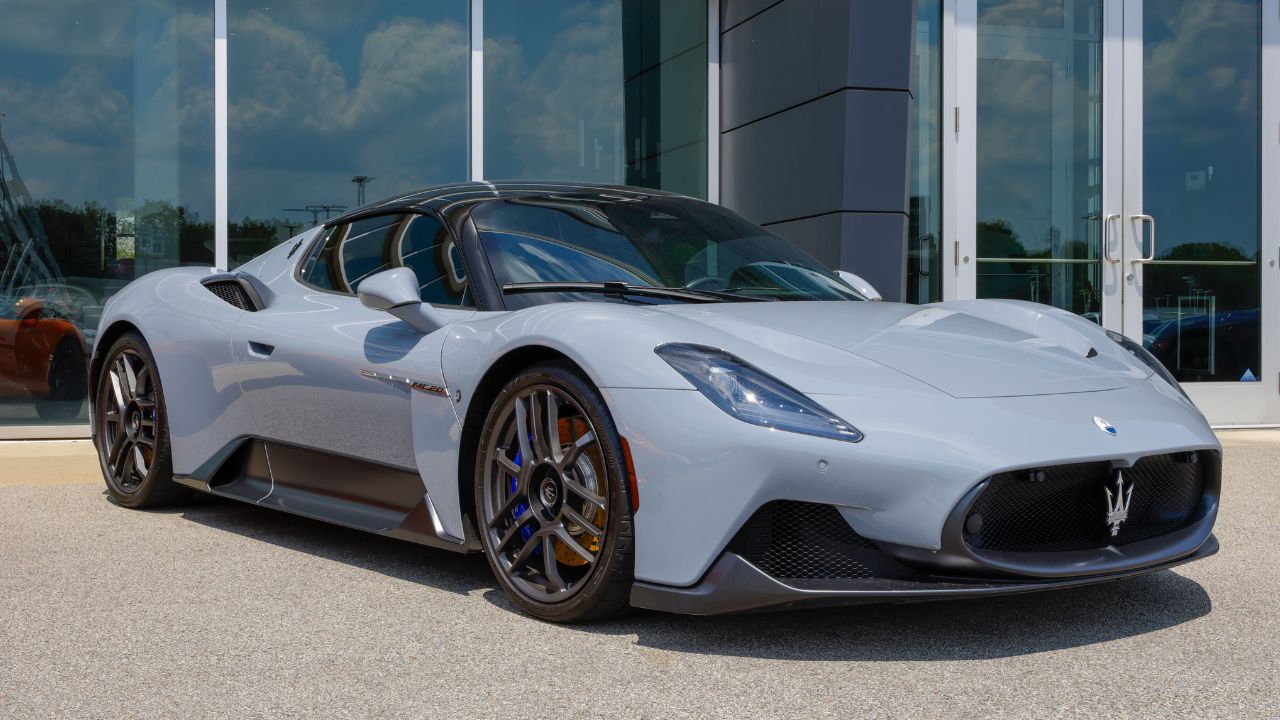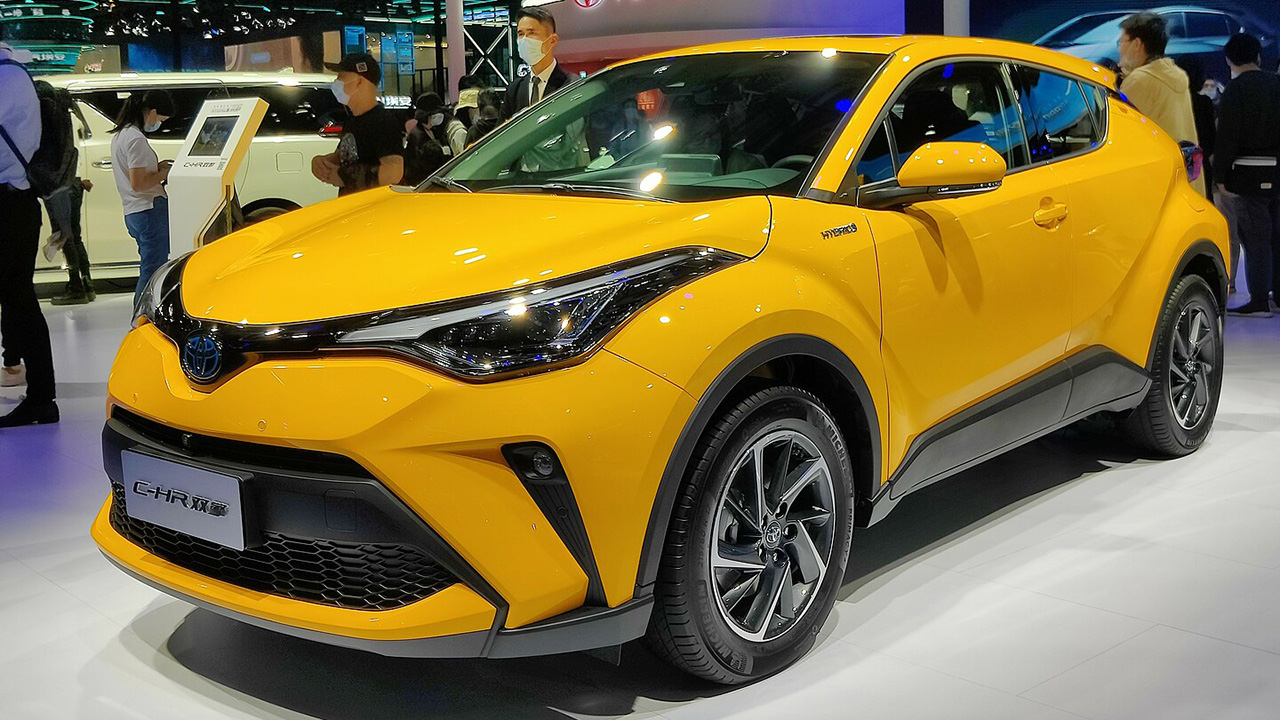The rise of electric vehicles (EVs) has sparked a revolution in the automotive industry, promising cleaner energy consumption and a shift away from fossil fuels. However, the question remains: How do these vehicles perform in real-world conditions? The following analysis delves into the reliability of today’s electric cars when subjected to the demands of everyday driving.
Battery Performance and Range
One of the critical concerns for electric vehicle owners is how battery performance varies with driving conditions. Factors such as weather, terrain, and driving habits can significantly impact the effective range of an EV. For instance, the 2022 Tesla Model 3, highly touted for its range, can experience a noticeable drop in performance during cold weather, where battery efficiency can decrease by as much as 40%. Steep terrains and aggressive driving styles further exacerbate this issue, reducing the vehicle’s range more than the pleasant city conditions often assumed by manufacturers.
There’s also a notable discrepancy between advertised and actual range. Many consumers have reported that their EVs do not meet the range expectations set by manufacturers under real-world conditions. A 2023 Ford Mustang Mach-E owner might find the vehicle falling short of its advertised range by about 10% to 20% in everyday use. This discrepancy is often due to the ideal conditions under which manufacturers test their vehicles, which do not account for the variability of real-world driving.
Battery degradation over time poses another reliability challenge. As EVs age, their battery capacity naturally diminishes, affecting range and overall performance. For example, a 2020 Nissan Leaf might see a reduction in its range by roughly 10% after three years of regular use. Understanding how battery life diminishes is crucial for consumers to manage expectations and plan for potential battery replacements.
Charging Infrastructure

The reliability of an electric vehicle is heavily influenced by the availability and accessibility of charging infrastructure. While significant improvements have been made, the charging network still lacks the ubiquity of traditional fuel stations. For instance, owners of the 2024 Chevrolet Bolt EUV may find it challenging to locate fast-charging stations in rural areas, impacting their ability to plan long-distance trips.
Charging speeds also vary, with some networks offering faster charging capabilities than others. The 2025 Hyundai Ioniq 5, for instance, can utilize ultra-fast charging stations to achieve an 80% charge in about 18 minutes. However, these stations are not as widespread as their slower counterparts, which can take several hours to fully charge a vehicle, thus affecting the feasibility of long-distance travel.
Home charging offers convenience but comes with its own set of challenges. While many EV owners appreciate the ability to charge their vehicles overnight, the installation of a home charging station can be costly and may not be feasible for those living in apartments or rented properties. As public charging networks expand, these challenges may diminish, but for now, they remain a significant consideration for potential EV buyers.
Maintenance and Durability
Electric vehicles tend to require less maintenance than their internal combustion counterparts due to fewer moving parts. However, the cost of repairs can be higher when issues arise. For instance, replacing a battery in a 2021 Audi e-tron can be a substantial financial burden if not covered by warranty. While routine maintenance such as brake pad replacements and tire rotations remain necessary, the overall frequency of repairs is generally lower for EVs.
Durability of components is another aspect of reliability. Electric motors, like those in the 2023 Rivian R1T, are typically robust and long-lasting, but other components such as batteries and electronic systems may not fare as well over time. Ensuring that these parts are covered under manufacturer warranties can provide peace of mind for EV owners.
Manufacturer warranties and support play a crucial role in the perceived reliability of electric vehicles. Most brands, like Tesla with their long-term battery warranties, offer substantial coverage that can mitigate concerns about long-term reliability. However, the extent and terms of these warranties can vary significantly between manufacturers, so it’s essential for consumers to thoroughly understand what is included.
Software and Technology
Modern electric vehicles often come equipped with advanced software and technology, which can impact their reliability. Over-the-air updates, like those provided by Tesla for the 2026 Model Y, can enhance vehicle performance and fix software-related issues without the need for a dealership visit. This capability ensures that the vehicle remains up-to-date with the latest improvements and bug fixes, contributing positively to its reliability.
Driver-assistance features also play a vital role in the reliability of electric vehicles. Advanced safety technologies, such as those found in the 2022 Mercedes EQS, are generally reliable, but their effectiveness can vary in real-world conditions. Issues with lane-keeping assist or adaptive cruise control can arise, necessitating regular updates and maintenance to ensure optimal performance.
The integration of EVs with smart technologies is increasingly common, with vehicles offering compatibility with apps and devices for enhanced user experience. For example, the 2025 Polestar 2 can connect seamlessly with smartphones to allow remote operation and monitoring. However, the reliability of these integrations depends on the consistency of software updates and the compatibility of the devices used.
Consumer Experiences and Reviews
Consumer feedback plays a significant role in assessing the reliability of electric vehicles. Satisfaction surveys, such as those conducted by automotive magazines, often reveal that EV owners like those of the 2023 Kia EV6 report high satisfaction levels, particularly in terms of performance and running costs. However, issues like charging infrastructure and battery range remain common concerns.
Anecdotal evidence from long-term EV users provides valuable insights into real-world usage. For instance, a 2021 Volkswagen ID.4 owner might share experiences of reliable daily commuting juxtaposed with challenges on longer trips due to charging network limitations. These stories help paint a comprehensive picture of what prospective buyers can expect.
Comparing electric vehicles with traditional internal combustion engine vehicles reveals differences in reliability perceptions. While EVs are often praised for their lower maintenance needs and eco-friendly credentials, they are sometimes viewed as less reliable due to the nascent state of charging infrastructure and battery longevity concerns. As technology and infrastructure advance, these perceptions are likely to evolve, further integrating EVs into the mainstream automotive market.
Like Fast Lane Only’s content? Be sure to follow us.
Here’s more from us:
*Created with AI assistance and editor review.







Leave a Reply